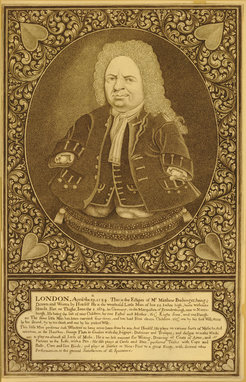Visualizing Lives. Portraits and Biographies in England, c. 1680 to 1750
Kerstin Maria Pahl
Portraiture and biography were the most popular visual and literary genres in 17th- and 18th-century England. As devices of genealogy, prestige, social distinctions, and national formation, they worked through an intricate interplay of form, content, circulation, and reception. In order to unfold their full power, however, they had to be not only aesthetically good, but also emotionally persuasive: They had to convince readers and beholders that representations were “like,” meaning that a portrait resembled its model and that a biography was representative of the person’s character. Likeness, a key term in discourses around these media, enshrined the understanding that similarity was not only located in content, facts, or descriptions, but also, and often primarily, in the work affecting the recipient. Finding a work “like” often translated into emotional judgments of liking or disliking the individual.

Crucially, semblance also pertained to an individual’s social situation. Likeness often denoted like-mindedness, meaning that portraits and biographies made apparent—through such cues as posture, clothing, attributes, and style—with which social groups or strata their subject was aligned (or not). Such social signaling was critical during the transformative times under investigation: The Catholic-leaning Stuart monarchy was deposed and the Protestant succession secured; powerful institutions were incepted, including the Bank of England in 1694; Great Britain was created in 1707; and a public sphere tightly controlled by censorship became a relatively free print-market.
This project has explored the potency of joint presentations of portraiture and biography for social formation and nation-building. It has foregrounded representations that joined words and images, including frontispiece portraits in biographies, illustrated biographical dictionaries, and biographies specifically written to explain portraits. While portraiture and biography individually have yielded excellent studies, their intermedia relations remain less explored, partly because two sets of methods were required to properly examine the rhetoric of visual portraits, verbal Lives, and the implications of their joint presentations. Because of the link between resemblance and affectiveness enshrined in the term “likeness,” the project had a focus on works produced by friends, family, or acquaintances and how their emotional ties with their subjects were cast as privileged insights.
Key References
